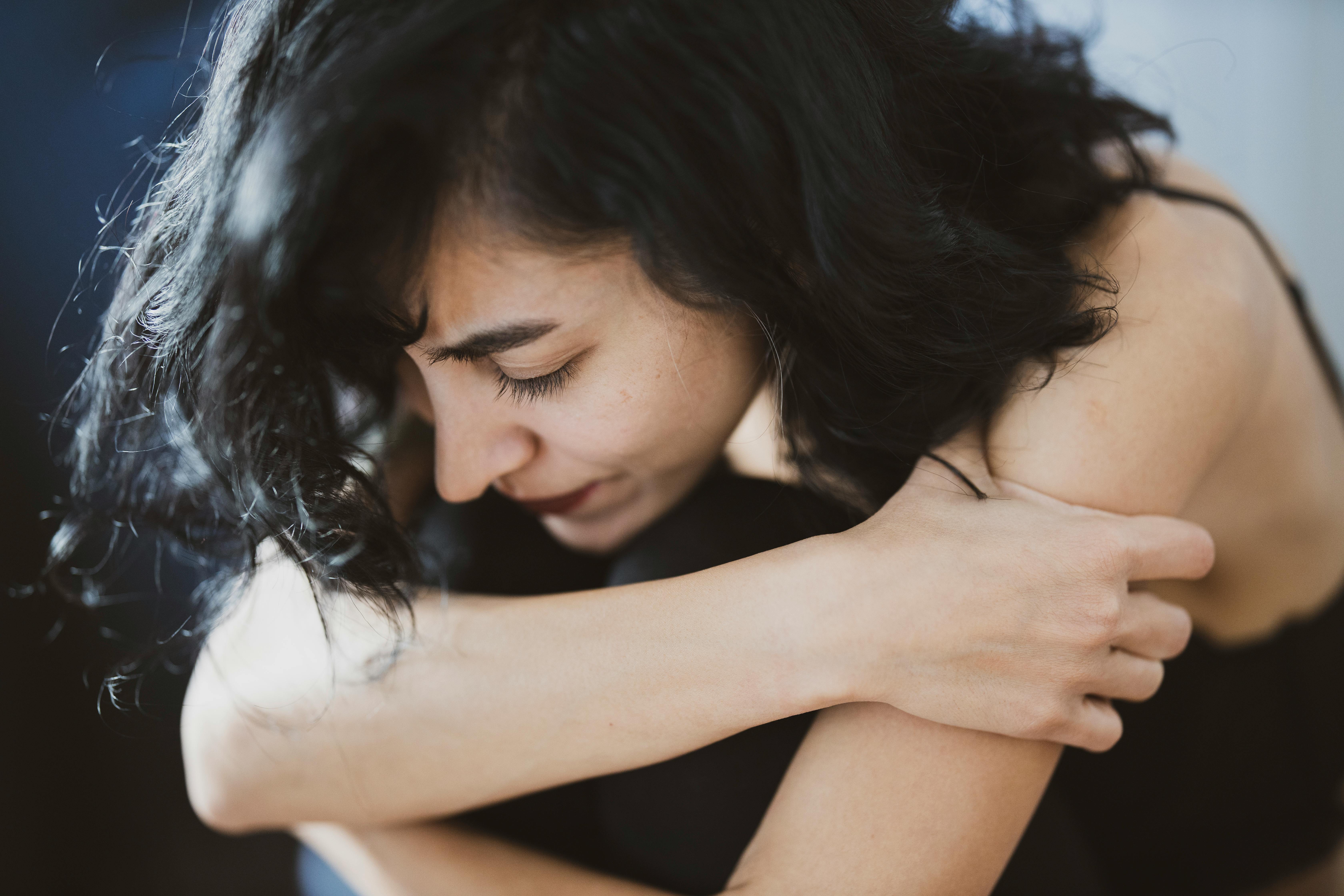For many years, people thought ADHD only affected boys. Now we know this is not true. Women and girls can have ADHD, too. But their symptoms often look different. Because of this, many women are not diagnosed or are diagnosed late in life.
This article helps explain what ADHD looks like in women. It also shows how to tell the difference between ADHD and other problems. If you feel overwhelmed, forget things often, or struggle to stay organized, this guide is for you.
What Is ADHD?
ADHD stands for Attention-Deficit/Hyperactivity Disorder. It is a brain condition. People with ADHD may:
- Have trouble paying attention
- Act without thinking
- Feel restless or fidgety
- Inattentive Type – Problems with focus, memory, and organization
- Hyperactive-Impulsive Type – Problems with restlessness and impulse control
- Combined Type – A mix of both
Women and girls often have the inattentive type. That is why their symptoms are harder to notice.
Why ADHD in Women Is Often Missed
Girls and women do not always show the "classic" signs of ADHD, like being loud or always moving. Instead, they may:
- Seem quiet or dreamy
- Talk a lot but stay polite
- Forget things or lose items
- Struggle to plan ahead
These behaviors may look like personality traits, not medical symptoms. Parents and teachers may say things like "She's just emotional" or "She talks too much." But deep down, the person may feel confused, overwhelmed, and tired.
Many women are only diagnosed after one of their children is diagnosed. They notice similar struggles and ask for an ADHD evaluation themselves.
Key Symptoms of ADHD in Women
Here are signs that many women with ADHD notice in daily life:
At Work or School
- Often late to meetings or forgets appointments
- Miss deadlines or avoid tasks that require long focus
- Workspace is messy or full of clutter
- Find it hard to work in noisy or busy areas
- Daydream often or feel distracted
- Cannot keep track of small details
At Home
- Trouble finishing chores
- Dishes, laundry, or paperwork pile up
- Lose things like keys, bills, or phones
- Have trouble following daily routines
- Start tasks but do not finish them
In Relationships
- Forget birthdays or special events
- Say things without thinking and upset others
- Feel bad for not doing things they promised
- Feel emotional and lose their temper easily
- Try hard to please others, but feel like they fail
In Social Settings
- Talk too much or change topics quickly
- Miss social cues like facial expressions or tone
- Feel shy or unsure when meeting new people
- Worry about being judged or rejected
Emotion and Mood
- Strong feelings that are hard to control
- Mood swings or sudden tears
- Feel low or hopeless often
- Struggle with self-worth or confidence
- Feel anxious or nervous for no clear reason
High-Functioning ADHD
Some women seem very organized to others. But they are working extra hard behind the scenes. They stay up late to finish work or set many reminders to stay on track. This is called high-functioning ADHD. It means the person still has symptoms, but they hide them well. These women may feel very tired or burnt out.
They are not lazy or careless. They are trying very hard every day. But the effort is exhausting. Some even think their struggles are their fault, not a sign of ADHD.
ADHD or Something Else?
Sometimes ADHD looks like other problems. Women with ADHD may be told they have:
- Depression
- Anxiety
- Eating disorders
- Sleep problems
- Chronic fatigue
- Low self-esteem
All of these can happen along with ADHD. But treating only one part may not be enough. If a woman feels sad or anxious most of the time, the real cause may be untreated ADHD. Getting the right diagnosis is the first step toward real help.
Special Signs in Girls and Teens
ADHD also shows up in girls. But again, the signs may not match what teachers expect. Girls with ADHD may:
- Talk too much in class
- Forget homework often
- Cry easily or feel overwhelmed
- Make friends quickly but struggle to keep them
- Try too hard to be liked or stay in bad friendships
Some girls also become sexually active earlier than others. They may not feel in control of these choices. Impulsivity and low self-worth can play a part. They are also at higher risk of being pressured into things they do not want.
ADHD Across a Woman's Life
Hormones can affect ADHD symptoms. Times of hormone changes—like puberty, pregnancy, or menopause—can cause more problems. For example:
- During periods, some women feel more distracted or emotional
- During pregnancy, symptoms may get better or worse
- During menopause, lower estrogen levels can make symptoms harder to manage
Women going through menopause may notice more forgetfulness, poor focus, or mood changes. These are not just "normal aging." They can be signs that ADHD needs better support.
When to Ask for Help
If daily life feels too hard—at work, at home, or with friends—it may be time to talk to a doctor. Many women say:
- "I feel behind all the time."
- "I try so hard but can't keep up"
- "I'm always tired and overwhelmed."
- "No matter what I do, I forget things."
These are not signs of failure. They could be signs of ADHD.
Getting Diagnosed
There is no single test for ADHD. A trained doctor or mental health provider will ask questions, look at behavior, and sometimes ask about childhood. ADHD usually starts in childhood, even if the symptoms were missed back then.
Doctors may also use rating scales or ask to speak with someone who knew you as a child, like a parent or sibling.
If you think you may have ADHD, ask your doctor for a referral to someone who knows about adult ADHD.
How ADHD Is Treated
Treating ADHD in women often needs several types of support. No single solution works for everyone. The best treatment plan depends on each woman's symptoms, age, health, and daily life. Most plans include a mix of medication, therapy, behavior support, and lifestyle changes.
Medication is Often the First Step.
There are two main types of ADHD medicine: stimulants and non-stimulants. These medicines do not cure ADHD, but they help reduce symptoms while they are active in the body. Some women may need different doses at different points in their menstrual cycle. For those going through menopause, hormone therapy may be added to help control symptoms. Before starting any medication, doctors must check for other health problems or past substance use. This helps find the safest option.
Therapy is Also Very Helpful.
One common type is called Cognitive Behavioral Therapy (CBT). CBT helps women notice and change unhelpful thoughts and habits. Special CBT programs for adults with ADHD focus on time management, planning, and handling stress. Therapy also helps with low self-esteem, anxiety, and emotional control, which often come with ADHD.
Behavior Support Tools Can Make Daily Life Easier.
For girls and teenagers, support may include help with schoolwork, social skills, and family life. For adult women, behavior support often means learning how to stay organized, manage money, and set goals. Many women also benefit from working with ADHD coaches or professional organizers. These people help build systems that fit each woman's needs.
Lifestyle Strategies Also Play a Big Role.
Getting enough sleep, eating balanced meals, and staying active can improve focus and mood. Creating routines, using reminders, and cutting down on clutter help reduce daily stress. Many women also join support groups to connect with others who share the same challenges. Talking to people who understand ADHD can lower feelings of shame and help women feel less alone.
These treatment steps can help women with ADHD live more balanced, focused, and confident lives.
Final Thoughts
Many women live with ADHD without knowing it. They may think their struggles are due to stress, personality, or bad habits. But ADHD is real. It affects how the brain works, and it is not your fault.
If life feels too hard, and you relate to the signs in this article, consider asking for help. You deserve support, answers, and tools that fit your life.
ADHD is not a label to fear. It is a name for something real—something you can learn to manage.
FAQs
Q1: Why do many women only discover they have ADHD after their child is diagnosed?
Many women recognize their own ADHD signs when their child gets evaluated. They see the same struggles—like forgetfulness, distraction, or emotional ups and downs—and then ask for their own evaluation.
Q2: Can hormone changes make ADHD worse in women?
Yes. Shifts in estrogen levels during puberty, monthly cycles, pregnancy, or menopause can affect ADHD symptoms. Some women feel more distracted, emotional, or unfocused during these times.
Q3: Are there special therapy styles for ADHD in women?
Yes. A method called neurocognitive psychotherapy combines talk therapy and life-skill coaching. It helps with self-esteem, daily habits, emotional control, and planning. This is more helpful than standard therapy alone.
Q4: Why is ADHD sometimes misdiagnosed as depression or anxiety in women?
ADHD symptoms like low mood, worry, and mental overload often look like depression or anxiety. These conditions also appear often alongside ADHD. Without careful review, doctors may only treat the mood issues and miss the ADHD.
Q5: What is the risk of not treating ADHD in women?
Poorly managed ADHD can lead to long-term health problems. Women may struggle with diabetes, high blood pressure, or addiction. They may also feel constant stress, which can reduce life quality and lifespan.


